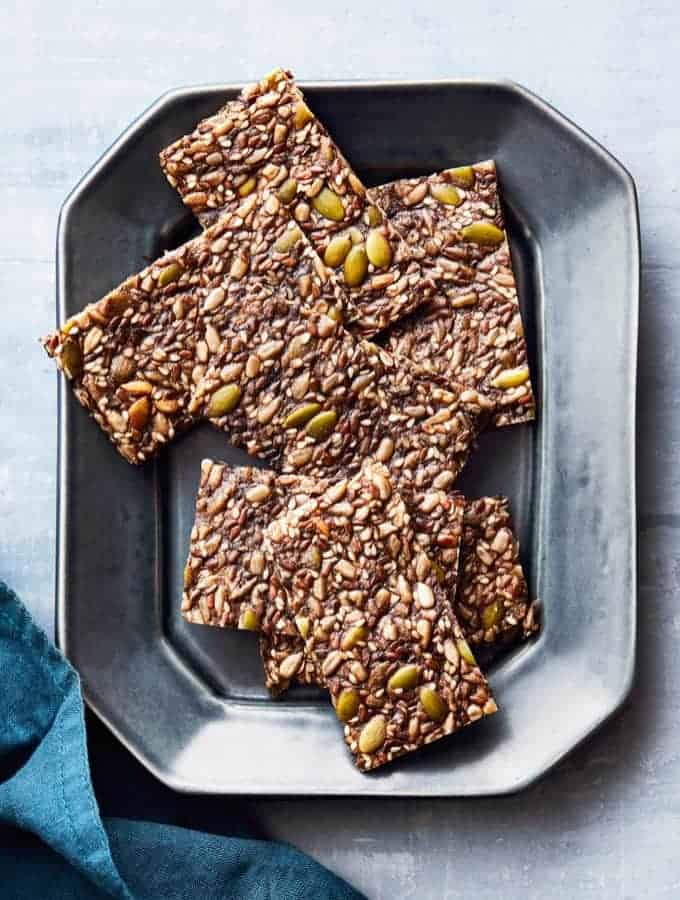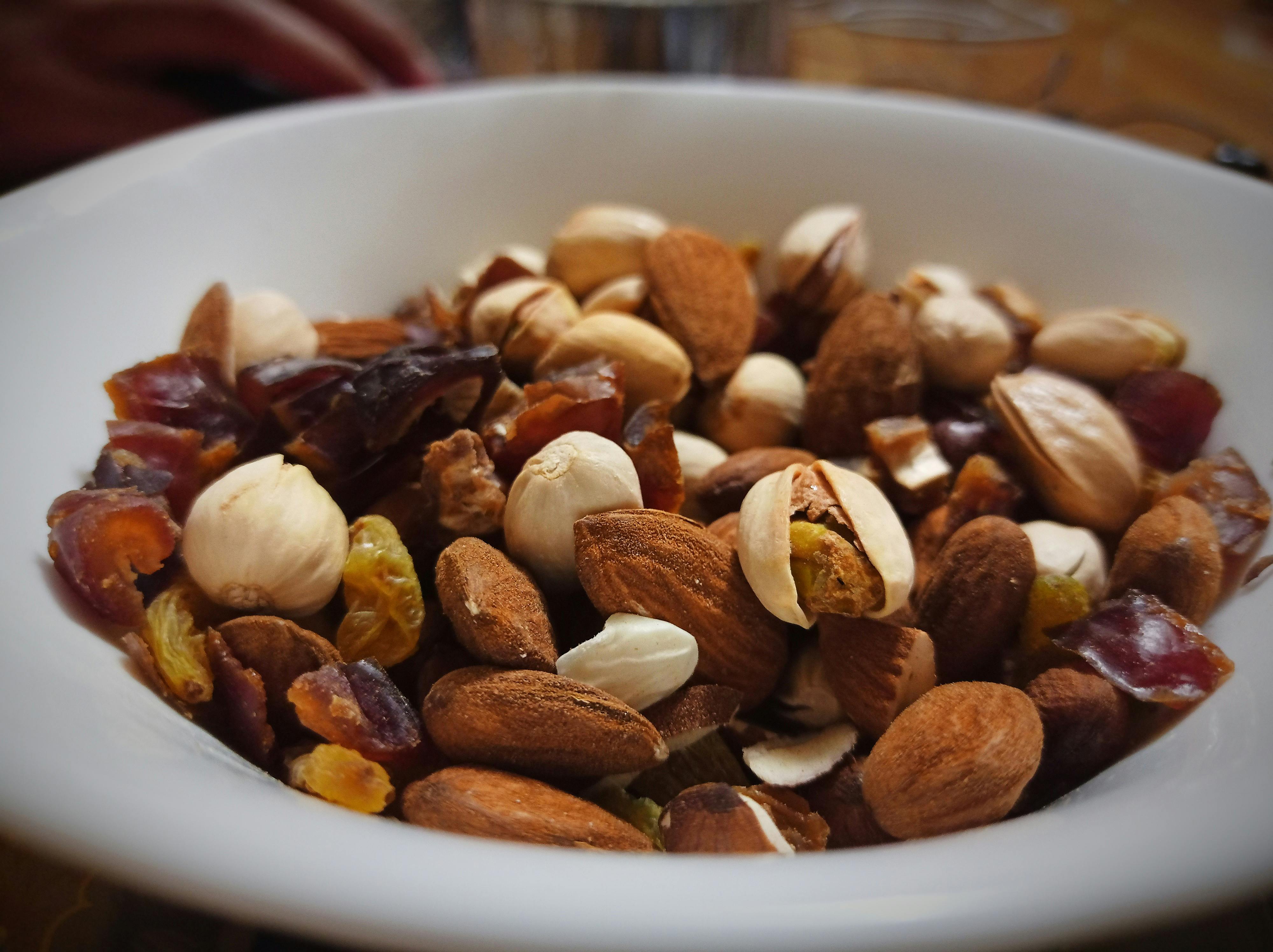
Apply Now


Best 5 Options for Protein in Ham: Essential Nutritional Guide
Ham is not only a versatile ingredient in many dishes but also serves as a significant source of protein. When analyzing the protein in ham, you'll find that it can effectively contribute to your daily protein requirements, making it a favorite choice among meat lovers. In this article, we will explore the various types of ham, their protein content, and the health benefits associated with including ham in your diet. Whether you're looking to enhance muscle gain or simply maintain a balanced diet, understanding how much protein is in ham and the benefits it offers is essential. We will also discuss protein in cooked ham, deli ham, and other types, ensuring you are well-informed about your protein intake from these sources. By the end of this guide, you'll gain insights to help make healthier ham choices, identify dishes that incorporate high protein ham, and optimize your meals for protein density.Understanding Protein in Ham
Protein is a crucial macronutrient for muscle repair, growth, and overall body maintenance. When discussing ham, it's important to recognize the variations in protein content based on the type of ham, preparation methods, and serving sizes.Types of Ham and Their Protein Content
There are several types of ham available in the market, each with different protein levels. Generally, the types include: - **Cured Ham**: This type typically has around 18-25 grams of protein per 100 grams, depending on whether it's fully cooked or not. - **Deli Ham**: Often favored for sandwiches, deli ham contains a similar protein level, offering about 16-22 grams of protein per serving. - **Spiral-cut Ham**: These are convenient and popular during holidays and could yield about 20 grams of protein per 100 grams depending on fat content. Understanding the protein content in various types of ham helps consumers make better dietary choices.How Much Protein is in Ham?
Typical protein levels in ham can vary. On average, most types provide between 16 to 28 grams of protein per 100 grams. Deli and cooked hams fall towards the lower end of the spectrum, while lean cuts offer higher protein concentrations. To put it in perspective: if you consume a standard serving size of ham (around 70 grams), you may be taking in approximately 14 to 20 grams of protein — an essential addition to your meal.Benefits of Protein in Ham
The benefits of protein in ham go beyond muscle repair. It assists in various bodily functions: - **Muscle Maintenance**: For those looking to build or maintain muscle mass, the protein in ham provides the amino acids necessary for recovery and growth. - **Satiety and Weight Management**: High-protein foods can help keep you fuller for longer, aiding in weight management strategies. - **Nutrient-Rich**: Besides protein, ham is a good source of B vitamins, selenium, and zinc, contributing to overall health. Building on these points, it's essential to include protein-rich foods like ham in your diet to support health and fitness goals.Protein Density of Ham
When evaluating ham as a protein source, it's crucial to consider protein density, which looks at the amount of protein per calorie.Comparison of Protein Density in Ham versus Other Meats
When comparing ham protein content against other meats such as chicken and beef, ham often holds its ground. - **Chicken Breast**: Approximately 31 grams of protein per 100 grams. - **Beef**: Varies from 20 to 36 grams depending on the cut. While beef and chicken can boast higher per-serving protein levels, ham remains a competitive option with additional flavors and versatility that enhance meals.Cooking Methods and Protein Preservation
The cooking process can impact the protein quality in ham. Methods such as grilling, baking, or steaming help preserve protein levels effectively, while options like boiling may reduce some protein content. When selecting your ham preparation, consider opting for methods that retain as much protein as possible while enhancing flavor.Choosing Hams for Protein Content
Not all hams are created equal concerning protein content. When shopping, look for labels that indicate protein levels. Leaner cuts will typically provide more protein per serving compared to fatty options. Also, it's important to note any health-related claims or ingredients; opt for organic or minimally processed hams when possible to benefit from higher protein quality.High Protein Ham Options
Several ham products stand out for their high protein offerings.Protein-Rich Ham Varieties
Some popular choices that are known for their protein content include: - **Prosciutto**: An Italian dry-cured ham that is both rich in flavor and protein. - **Country Ham**: Traditionally prepared, often higher in protein due to the curing process. - **Virginia Ham**: Known for its natural sweetness and protein density. Each of these options provides unique flavors and enhances your meals while contributing positively to your protein intake.Incorporating Ham into High-Protein Dishes
Maximize the benefits of ham by incorporating it into rich protein dishes. Here are a few ideas: - **Ham Omelets**: Start your morning with a protein-packed meal using diced ham in eggs. - **Quinoa Salad with Ham**: Combine with quinoa for a balanced dish that packs a protein punch. - **Ham-Stuffed Peppers**: Use ham as a filling for stuffed peppers, adding both flavor and nutrition. These dishes leverage ham’s flavor and nutritional value, promoting a higher protein intake throughout the day.Safe Serving Sizes of Ham
Portion control is crucial when consuming ham. A typical serving size of ham is around 70 grams, which provides a healthy balance of protein while avoiding excess sodium and fat intake. Healthy ham options, such as lower sodium varieties, are appealing for maintaining optimal health without sacrificing flavor or protein.Conclusion and Recommendations
Incorporating ham into your diet can significantly contribute to your overall protein intake, offering numerous nutrients along with its savory taste. Remember to choose leaner varieties, pay attention to serving sizes, and complement ham with other protein sources for a balanced diet. As you plan your meals, always consider the protein content and health benefits of ham, and ensure variations in your protein sources to meet dietary recommendations. It's clear that the protein in ham not only enhances meals, but it can also support your fitness and health goals when consumed mindfully.
